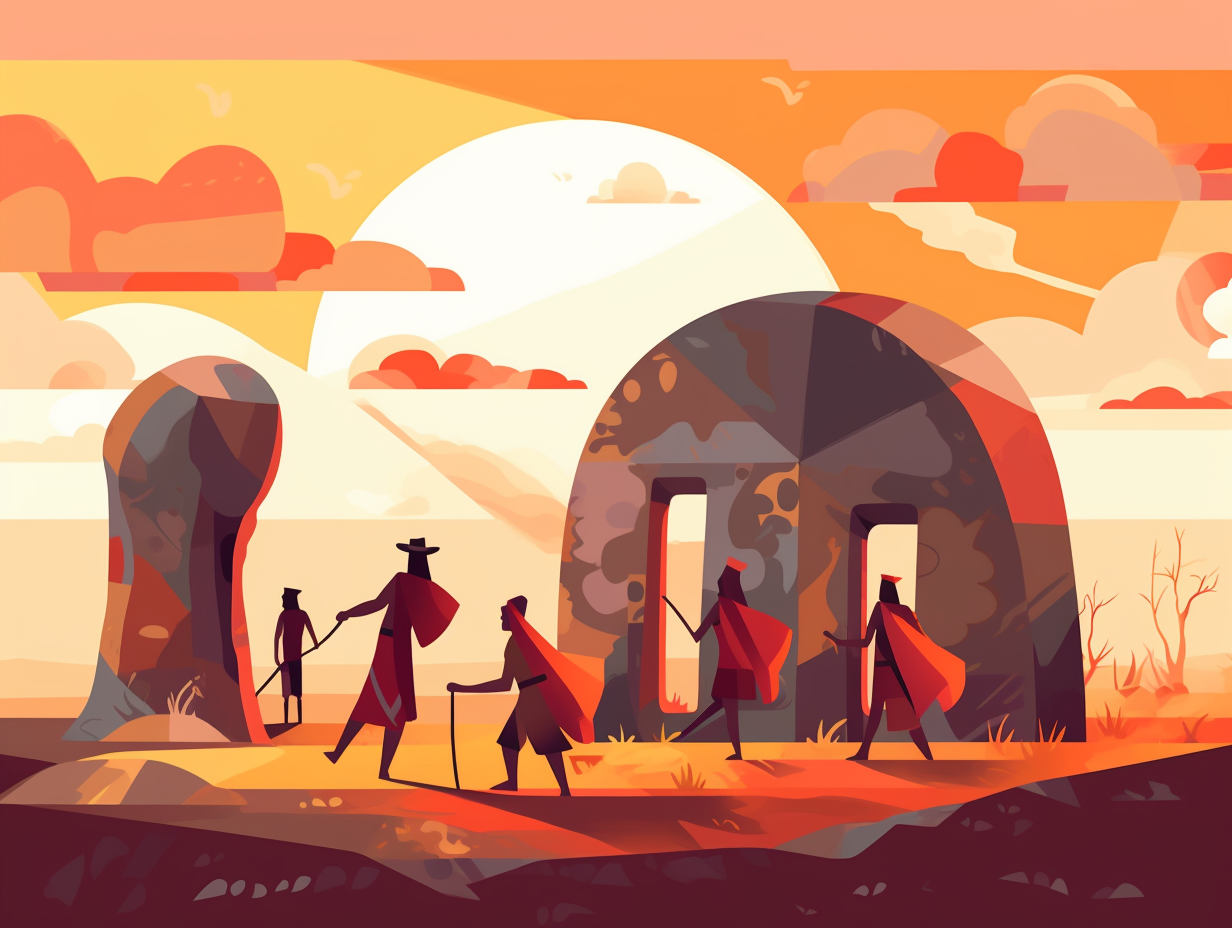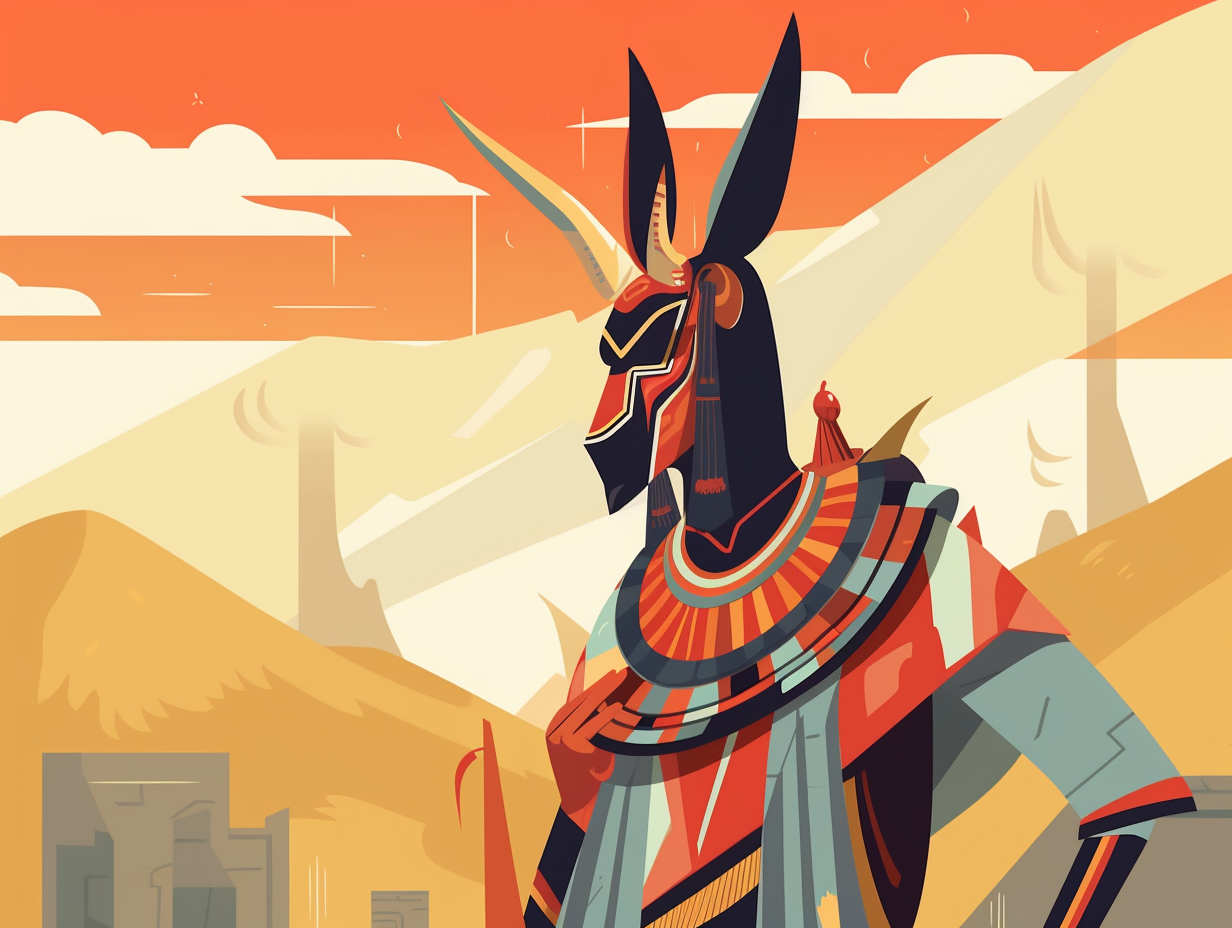13 Astonishing Fun Facts About Ziggurats: Discover the Secrets of Ancient Architecture

1. Ancient Airbnb for Gods
Ziggurats, the ancient Airbnb for gods: These exclusive, no-humans-allowed vacation spots were actually the dwelling places of gods and only accessible to priests, as part of a temple complex including storage rooms, living quarters, and even divine bathrooms!
Source => en.wikipedia.org
2. Stairmaster Inspiration
Before Stairmasters were a glint in the eye of a fitness guru, the ziggurats had cornered the market on stepping up to the heavens: Built as massive terraced structures to house gods and elite clergy, these ancient stairways also provided a handy flood escape for priests, who accessed the top temple via a series of ramps or one majestic spiral.
Source => en.wikipedia.org

Discover the ancient Royal Game of Ur, the oldest known complete tabletop game dating back to 2600-2400 B.C. Learn how this mesmerizing zodiac-inspired game, adorned with inlaid shell and lapis lazuli, was a craze in Mesopotamia for over 1,000 years!
=> Fun Facts about Mesopotamia
3. Moon-Worshipping Mega-Hub
Before Buzz Aldrin and Neil Armstrong made their lunar landing, there was a less-techy route to appease the moon: The Ziggurat at Ur! This ancient temple with a penchant for moon god Nanna worship had a few tricks tucked in its pyramid sleeves: doubling as a central hub for the city's agriculture, visitors could receive food allotments and drop off surplus crops for distribution.
Source => khanacademy.org
4. Ziggurat Restoration Gone Wrong
Rumors of the ancient ziggurat at Ur have clearly been on a "stairway to heaven", with a surprising twist on its hotel-like restoration: first in antiquity, then in the 1980s under Saddam Hussein's regime, it boasted a reconstructed lower foundation and monumental staircases. But like a divine rock concert gone wrong, the ziggurat was damaged during the war with American and coalition forces, serving as a reminder that historic sites aren't immune to an encore of conflict.
Source => smarthistory.org

5. Divine Real Estate Investment
They say don't put all your eggs in one basket, but Mesopotamians went all out with their divine real estate: ziggurats were built to honor the main god of the city, reaching for the heavens with a shrine at the top for performing sacrifices and rituals while undoubtedly having the most spectacular celestial views.
Source => ducksters.com
6. Mesopotamian Office Buildings
You know those ancient Mesopotamian office buildings, stacked like colossal Jenga towers in the sky, sprinkling divine memos upon mortals? Ziggurats, that's what they were called: While commonly thought to be purely religious structures, ziggurats also served as administrative hubs for Mesopotamian cities, often being part of a bustling temple complex complete with kitchens and storage rooms.
Source => archeyes.com
7. Stairway To Heaven Blueprint
Before staircases became all the rage, ziggurats were the real "stairway to heaven" for the ancient world: These towering structures, resembling step pyramids, served not only as divine temples but also as a blueprint for future civilizations, inspiring the likes of Mayans and Aztecs to build their own high-rising sanctuaries to pay homage to their gods.
Source => ducksters.com
8. OG Building Blocks Masters
Move over, Legos and Jenga: the ancient Mesopotamians were the OG masters of the building blocks game with their ziggurat creations! These rad structures were like the triple-decker cheeseburgers of their time: stacked and full of surprises. Catch 'em at the top, party with the gods, then slide back down to mingle with the mortals: Ziggurats utilized a tiered structure, often built with adobe or oven-cooked bricks, and each level having fewer bricks than the previous one for increased stability. Besides their religious significance, some even housed small cities. Their sizes and staircases might have slightly differed, but when it came down to it, each ziggurat followed the same architectural principles and techniques.
Source => blog.ferrovial.com
9. Massive Brick-built Stairways
Before ancient architects were "stair-ing their way to heaven" with escalators and elevators, they were one step closer to divine innovation with their religious stair-masters: Ziggurats. The largest of these brick-built stairways was the Great Ziggurat of Ur, a whopping 64 feet tall with a 200-foot base, home to 1.5 million mud bricks, all assembled in the 21st century BCE to honor the moon god Nanna.
Source => en.wikipedia.org

10. Penthouses for Patron Deities
Who needs a penthouse suite when you've got a divine duplex with heavenly views? Turns out, ancient Sumerians were way ahead of the game in high-rise living: Ziggurats were actually massive temples connecting the earthly realm to the heavens, with the city-state's chief god chilling at the top. It was a VIP-only party with just the Priest-king and priestly entourage on the guest list, giving them prime access to their sky-scraping deity neighbor.
Source => ipl.org
11. Ziggurat VIP Access
"Ziggurats: where even your VIP card won't grant you access!" Contrary to popular belief, these architectural marvels were not public spaces, but were exclusively reserved for high priests and lesser priests to perform rituals, serving as the earthly homes of patron deities.
Source => worldhistory.org
12. Heavenly Mega Bloks
Before Mega Bloks and LEGO bricks became every builder's dream, ancient Mesopotamians had their own mega blocks that changed the landscape and reached for the heavens: The Ziggurat of Amar-Suen in Eridu, built around 2100 BCE by Ur-Nammu and his son, measured over 150 by 200 feet with oven-baked bricks as its base and was dedicated to the god of wisdom, fresh water, and magic, Enki. Some even associate this grand structure with the Tower of Babel and the city of Eridu as the original 'Babel'.
Source => worldhistory.org
13. Prog-rock Band-worthy Skyscrapers
Ziggurats: not just a cool name for a prog-rock band, but also ancient skyscrapers that did it all – from hosting divine sleepovers to moonlighting as astrological observatories! Here's the lowdown: ziggurats were multi-purpose structures that served as religious shrines, observatories, and flood protection for sacred spaces. Built of sun-dried mud bricks and adorned with kiln-baked ones, some ziggurats like the Ur and Chogha Zanbil still stand today, while others, such as the Tower of Babel, sadly only remain in ancient texts and our wildest imaginations.
Source => worldhistory.org
Related Fun Facts




















